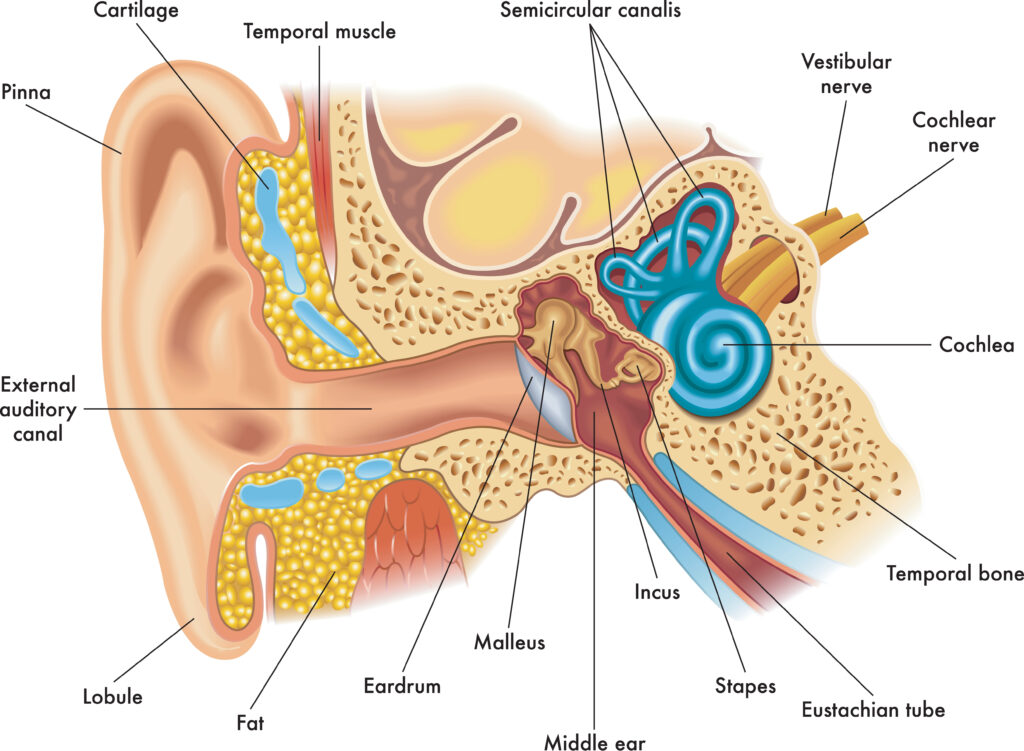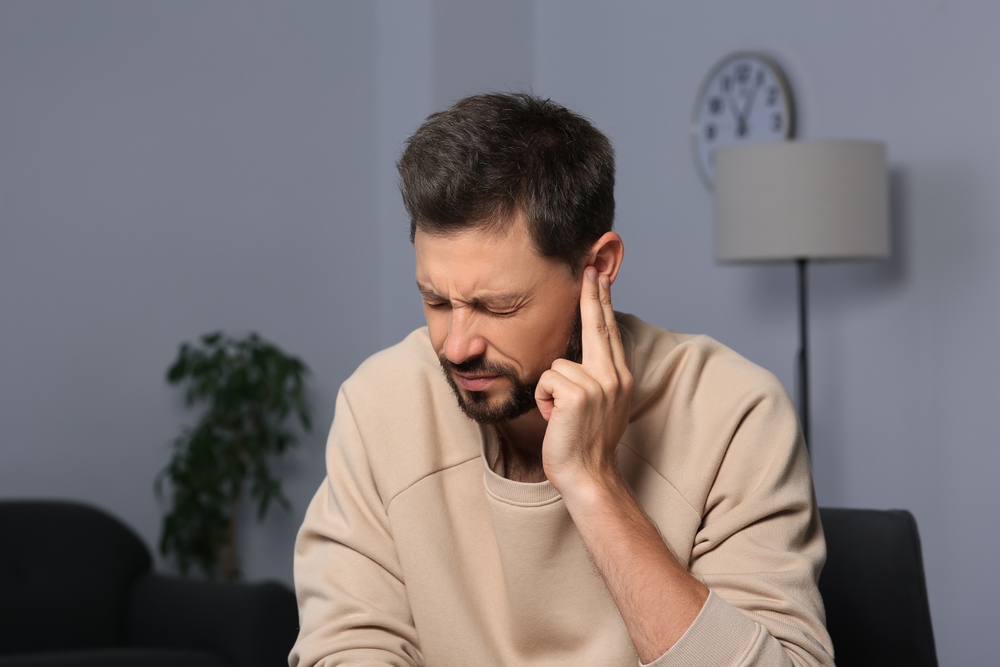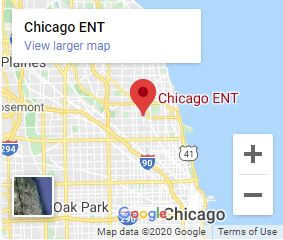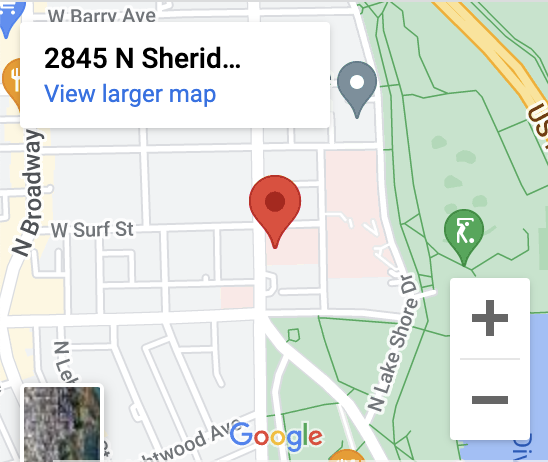Do you suffer from a feeling of fullness and pressure in your ears? Have you had these symptoms for a long time without relief?
You may have chronic Eustachian tube dysfunction. The uncomfortable and often painful symptoms of persistent Eustachian tube dysfunction can be relieved by a cutting-edge treatment called Eustachian tube dilation.
Keep reading to learn more about Eustachian tubes, Eustachian tube dysfunction, and Eustachian tube dilation.
What are Eustachian Tubes?

Eustachian tubes are tiny canals that connect your middle ears to the back of your nose and throat. They work like a pressure valve, equalizing air pressure between the middle ear and the outside environment.
The Eustachian tubes typically stay closed. However, they open up every time you swallow, chew, yawn, or sneeze, preventing pressure from building up inside your ears.
The popping or clicking sound you hear while underwater, flying, or driving in the mountains are your Eustachian tubes, equalizing pressure between the middle ear and the external environment. The same actions mentioned above–yawning, swallowing, sneezing, or chewing– help regulate ear pressure when your Eustachian tubes don’t maintain pressure independently.
Besides regulating pressure changes, other functions of the Eustachian tubes include:
- Ventilating the middle ear
- Draining fluid from the middle ear
- Protecting the middle ear from disease and infections
What is Eustachian Tube Dysfunction?

Because of the narrowness of the Eustachian tubes, they’re more susceptible to becoming plugged when you have a blockage in the canals or inflammation. This is known as Eustachian tube dysfunction.
Eustachian tube dysfunction occurs when the tubes fail to open or close properly, leading to a difference between the air pressure inside the middle ear and the external environment. Without proper pressure balance and ventilation in the middle ear, patients with Eustachian tube dysfunction experience frequent and uncomfortable symptoms such as:
- Ear pain
- Ear pressure
- Muffled hearing
- Recurring ear infections
- Tinnitus or ringing in the ears
- Vertigo or a sensation of spinning
- A blocked or full feeling in the ears
- Popping or clicking noises in the ears
- Symptoms that can’t be relieved by chewing, swallowing, or yawning
- Hearing loss
Causes of Eustachian Tube Dysfunction
Blockages in the Eustachian tube can happen due to different reasons, including:
- A cold
- The flu
- Allergies
- Sinus infections
- Chronic acid reflux
- Pollution and smoking
- Changes in air pressure or altitude
While Eustachian tube dysfunction usually resolves on its own, treatment is necessary for patients with chronic symptoms. You may benefit from Eustachian tube dilation if you suffer from persistent or severe Eustachian tube dysfunction.
What is Eustachian Tube Dilation?
Previously, the only treatments available for Eustachian tube dysfunction when medications didn’t work were invasive, like pressure equalization tubes. But today, it’s possible to treat persistent Eustachian tube dysfunction with a minimally invasive, FDA-approved technique called Eustachian tube dilation.
Eustachian tube dilation is a safer, more effective alternative with a longer-lasting solution. It’s the only device in the US that can dilate the Eustachian tubes.
Widening and dilating your Eustachian tubes improves their function. In turn, this considerably minimizes or relieves the sensation of blockages and other uncomfortable symptoms of Eustachian tube dysfunction.
Who is a Good Candidate for Eustachian Tube Dilation?
You may be a good candidate for Eustachian tube dilation if:
- You have repeated ear infections
- Your symptoms persist despite using medications
- You retain fluid in your ear that doesn’t drain
- You have chronic Eustachian tube dysfunction
- You have hearing loss
Ultimately, your ENT specialist at Chicago ENT will determine if you’re an ideal candidate for Eustachian tube dilation after a thorough evaluation.
What to Expect During Eustachian Tube Dilation

Your ENT specialist will use an endoscope with a camera and light for guidance. They will fit the endoscope with a saline balloon catheter that they will insert through your nose and into your Eustachian tubes after you’re sedated.
Then, your ENT specialist will inflate the balloon gently and leave it there for approximately 2 minutes. The balloon will clear blockages and open the Eustachian tubes.
Once done, your ENT specialist will deflate and remove the balloon. If both ears are affected, they repeat the same procedure in the other Eustachian tube. There are no incisions made during the in-office procedure.
Unblocking your Eustachian tubes allows air, mucus, and fluid to flow freely through the canal. This helps restore function and alleviate the frustrating symptoms of Eustachian tube dysfunction.
The outpatient procedure can be performed under local or general anesthesia and takes 30 minutes or less.
Recovery After Eustachian Tube Dilation
After undergoing Eustachian tube dilation at Chicago ENT, you can go home. Before leaving, your ENT specialist will provide detailed post-op instructions, including how to use saline rinses.
It’s essential to follow all the instructions given for a smooth recovery.
Soreness, minimal bleeding, and mild discomfort are not unusual.
You’ll need to rest for a day or two after your procedure to ensure healing can begin. Recovery is quick, and you should be able to resume most of your routine activities within 24 hours.
However, you’ll need to avoid intense activities like exercising for at least one to two weeks. You also can’t pop your ears or blow your nose for at least a week after the Eustachian tube procedure.
You’ll return for your follow-up appointment at a scheduled date. Your follow-up appointment at Chicago ENT ensures that everything is recovering as it should and there are no signs of complication or infection.
Life After Eustachian Tube Dilation
It’s normal to experience a temporary change in pressure in your ears a few days post-procedure. The pressure will equalize after some time.
It may take up to six weeks to experience a noticeable improvement in symptoms, although some patients experience almost immediate improvements. Each patient is different, so be patient with yourself.
Revitalize Your Hearing with Eustachian Tube Dilation
Chicago ENT is excited to offer Eustachian tube dilation to our patients. The highly effective procedure provides a long-lasting solution for Eustachian tube dysfunction and can offer you the relief you need.
Are you experiencing symptoms of Eustachian tube dysfunction? Schedule your appointment today at Chicago ENT at one of our easily accessible and convenient locations to determine if Eustachian tube dilation can help you.



















